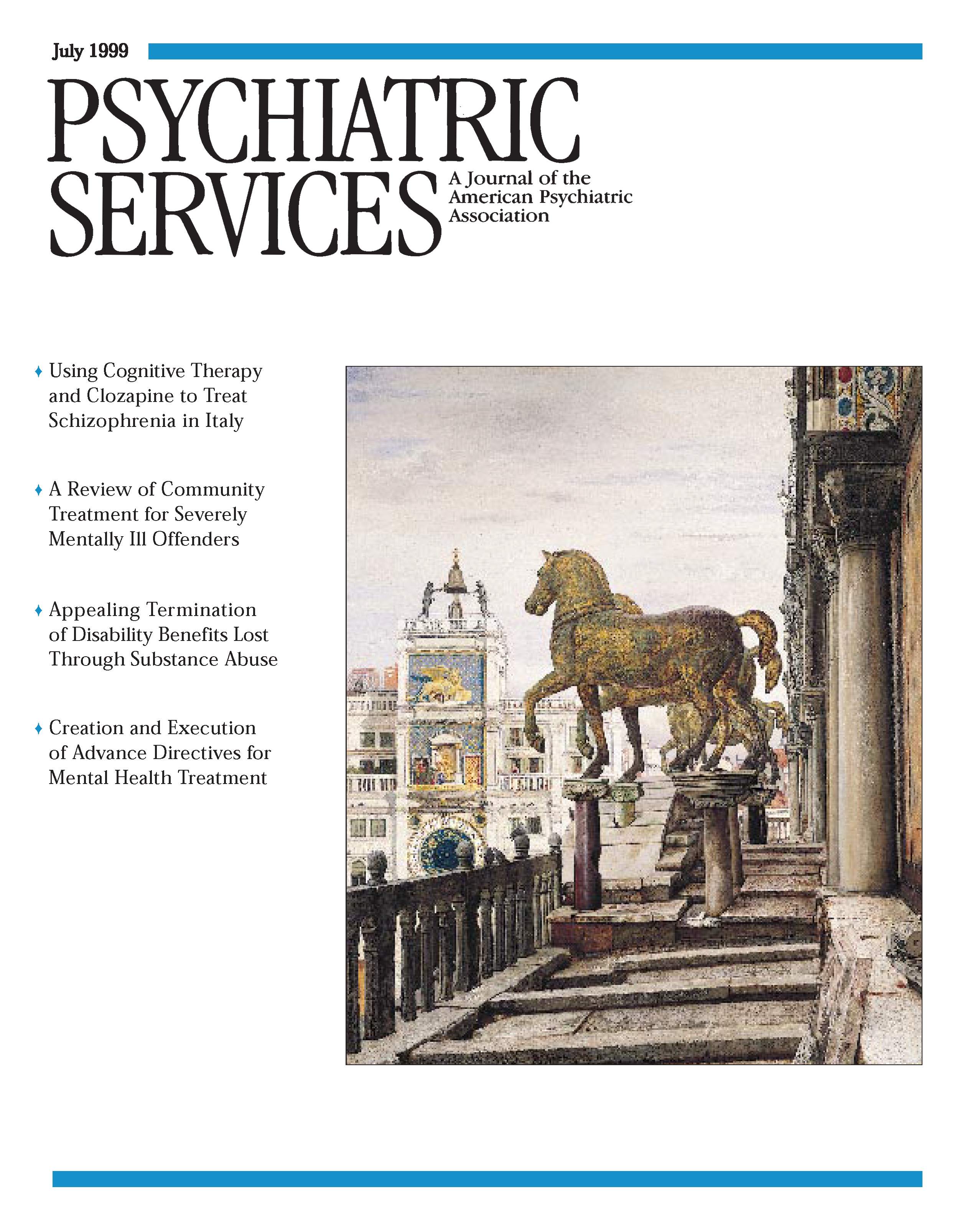Use of Public Mental Health Services by Russian Refugees
Abstract
Objectives: This study identifies the demographic characteristics and patterns of mental health service use among Russian refugees in New York State. METHODS: Data from a 1995 statewide survey of characteristics of patients served by the New York State mental health system were analyzed using chi square statistics and logistic regression. RESULTS: The demographic characteristics and service-use patterns of Russian refugees are different from those of non-Russian refugees and nonrefugees. Russian refugees who used mental health services were likely to be older women with major depression who were enrolled in Medicaid and who were using those services for the first time. Relying heavily on themselves, family members, or friends as referral sources, they tended to use exclusively individual, outpatient services at voluntary, nonprofit agencies. CONCLUSIONS: Existing services systems must recognize the presence of Russian refugees. To improve access and service use, outreach efforts to the refugee community should be conducted, and services must be tailored to meet their mental health needs.



